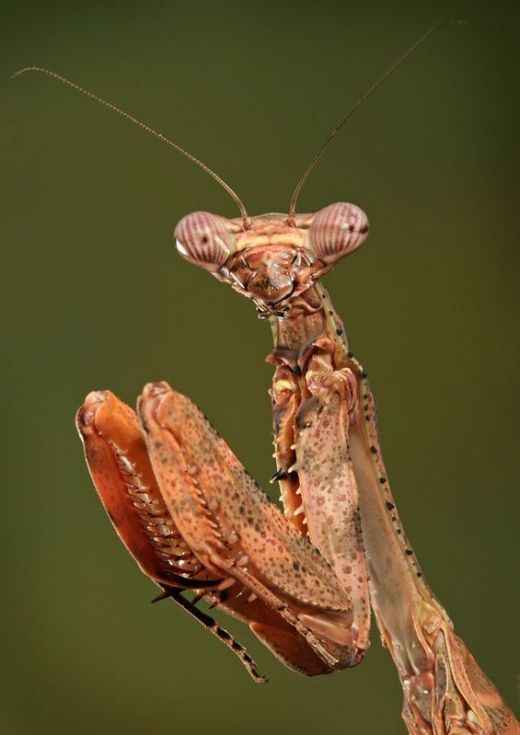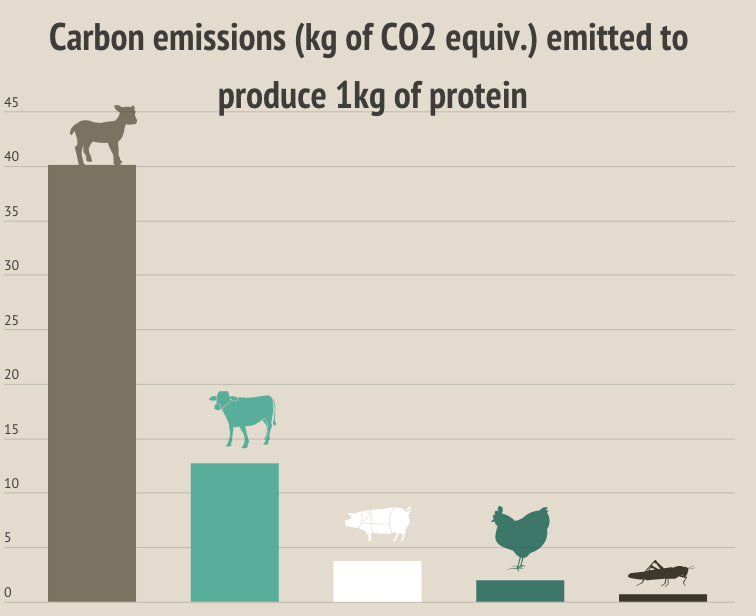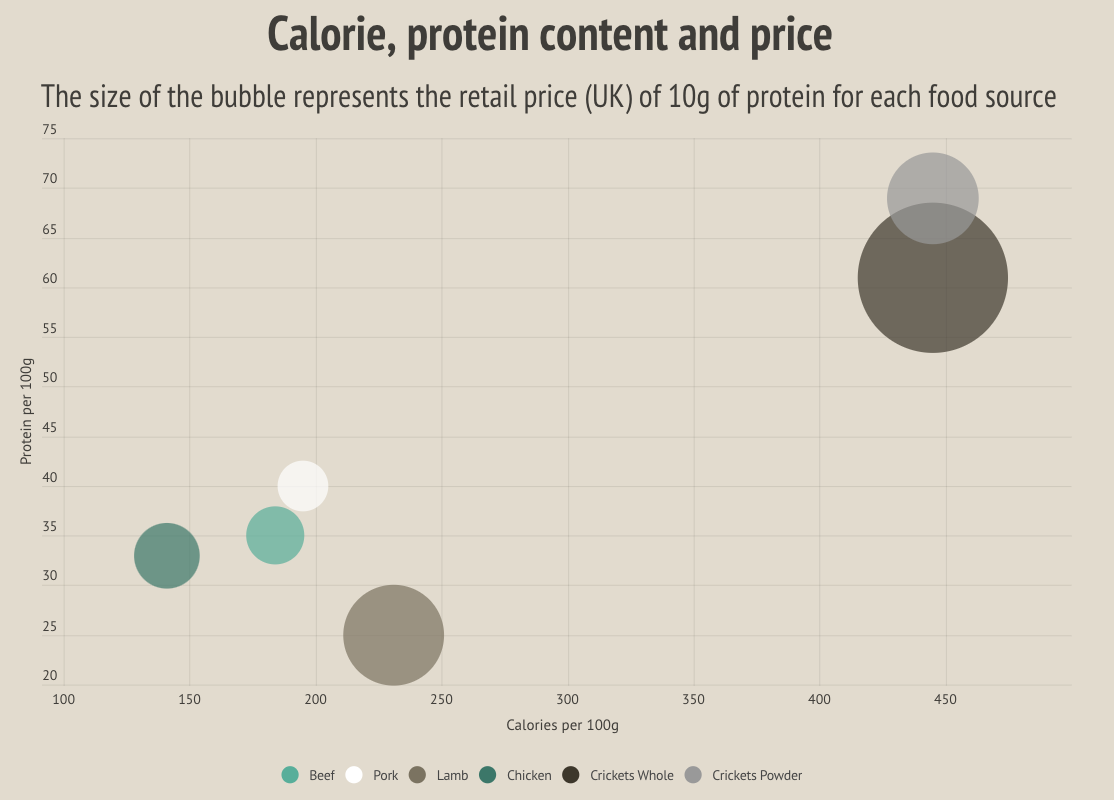Insects on our plates? 🐛
Published:
Potential, challenges and opportunities in the edible insect market

Our food system needs a complete overhaul
- 🐄 Meat, eggs and dairy are responsible for 80% of the emissions of a European diet.
- 👩🌾 4/5 of agricultural land is used for livestock feed and grazing but produces 1/3 of protein supply.
- 🥩 Demand for meat will be rising as developing nations become more prosperous.
- 🏰 Entomophagy has been recorded across history and societies, from Aristotle to John the Baptist, via China and the Americas.

The environmental benefits of insects creates a business opportunity for entrepreneurs
- 🦗Crickets have double the protein content of chicken and triple its calories.
- 🌍 Land and water use is just a fraction of what is needed for traditional meat sources.
- 💪 They are the most efficient at converting feed and protein into edible food.

Consumer perception is the biggest challenge for edible insects
- 🪳Insects are met with disgust.
- 😱 Neophobia makes consumers wary of unfamiliar food products.
- 🎁 Insects are still stuck in a gimmick phase.
Companies are tackling consumers head-on
- 😋 Indirect entomophagy is the most common tactic to reduce disgust by hiding the insect (ex: insect powder).
- 🌿 Sustainability arguments appeal to environmentally-conscious consumers.
- ⛪ Forming a certain identity (religious, environmental, fringe) is key to customer loyalty.
- 👫 Creating a community around eating bugs increases acceptance.
Potential solutions companies can employ to break the consumer acceptance barrier
- 💊 Selling insect by products such as oils, fertilisers, pharmaceuticals and feed can improve familiarity.
- 👶 Children are more open to eating insects.
- 🔑 Edible insects should not compete with meat and should create a novel food category. Consumers do not want to substitute meat for insects but do want to make their diets more sustainable and healthier.

Historically, novel foods acceptance was initiated by a boost in supply, — can the government help?
- 🔬 Governments can use edible insects to improve their food security and sovereignty, foster innovation, develop trade and meet their climate pledge.
- 👩🔬 They should mitigate the risk of biodiversity leakage, dangerous genetic engineering and unintended health and economic consequences.
- ⚖️ Edible insect development can be supported through carbon pricing initiatives, innovation & entrepreneurship funds and a better legal framework.
This is a summary of my final-year undergraduate dissertation in Economics at UCL (2022). Full text and references can be found here.
